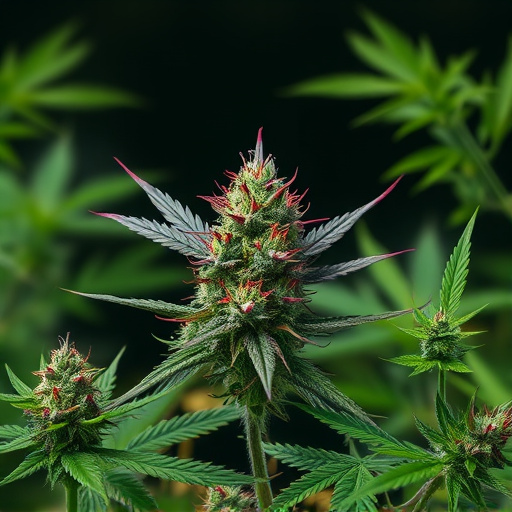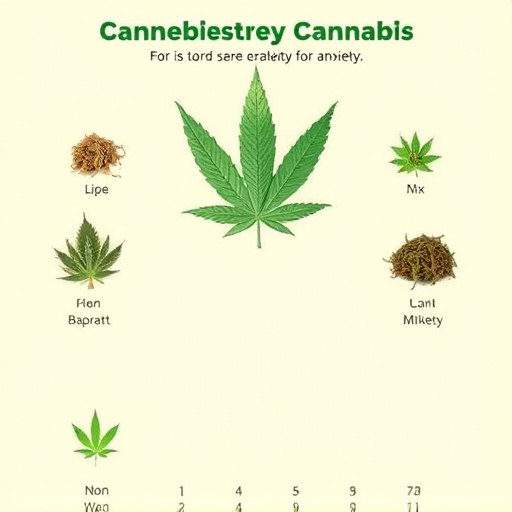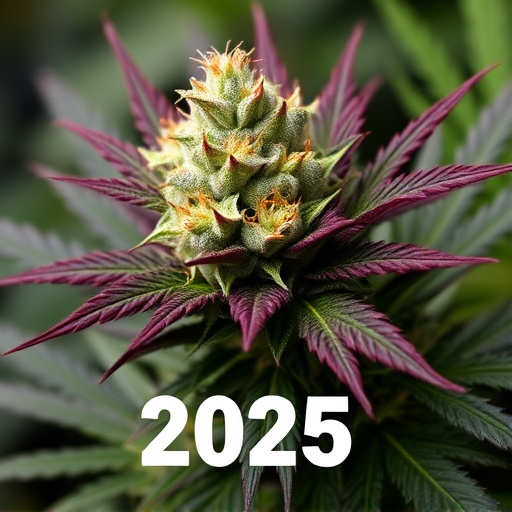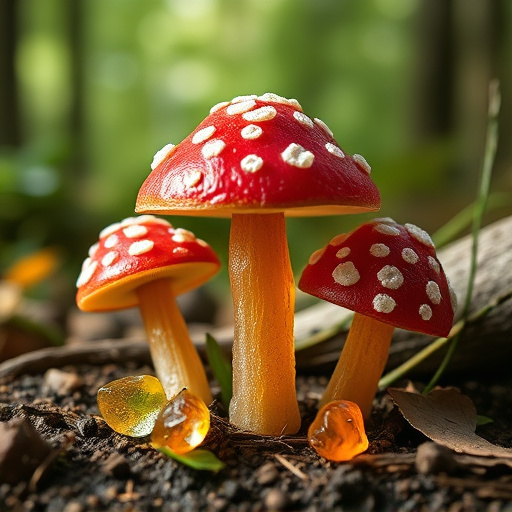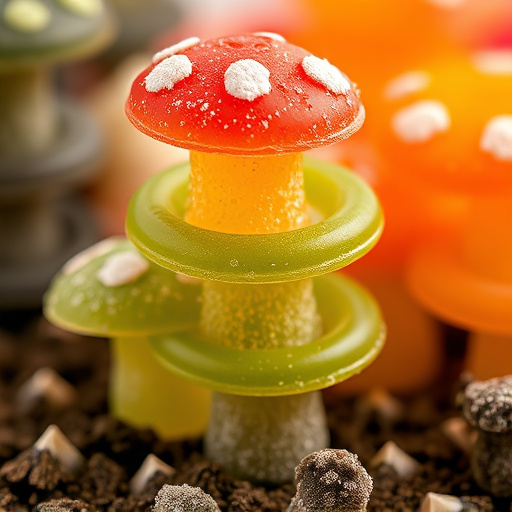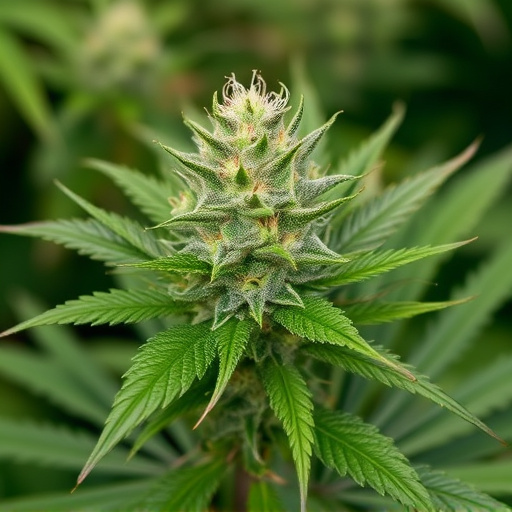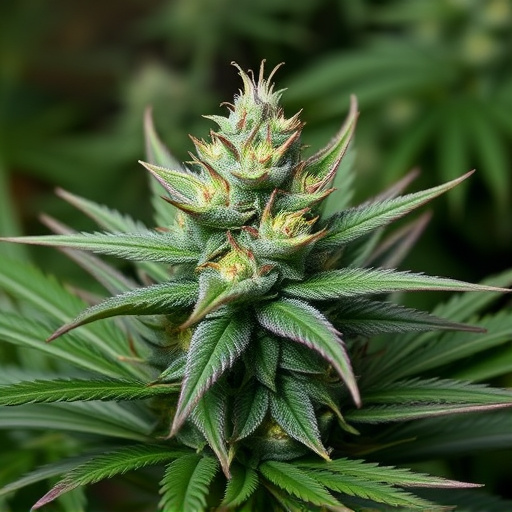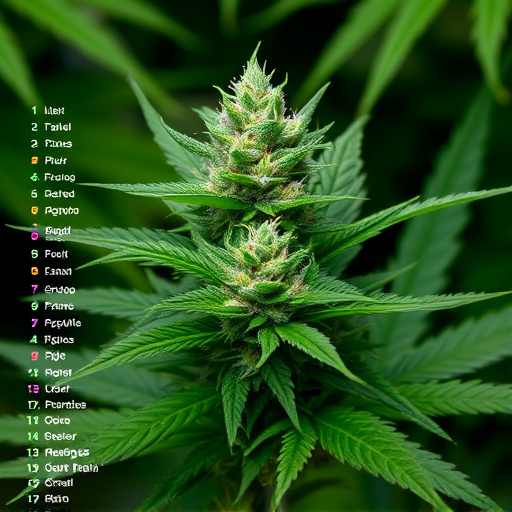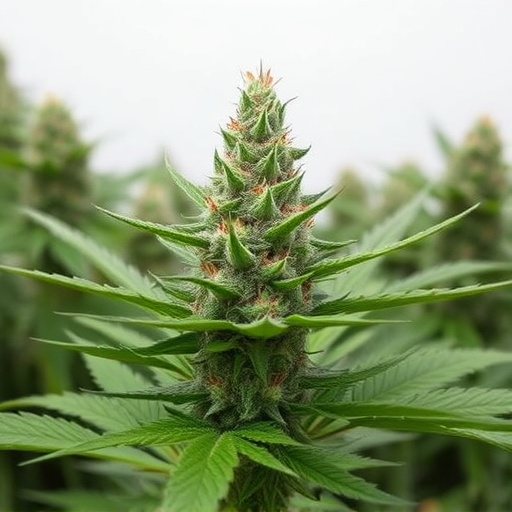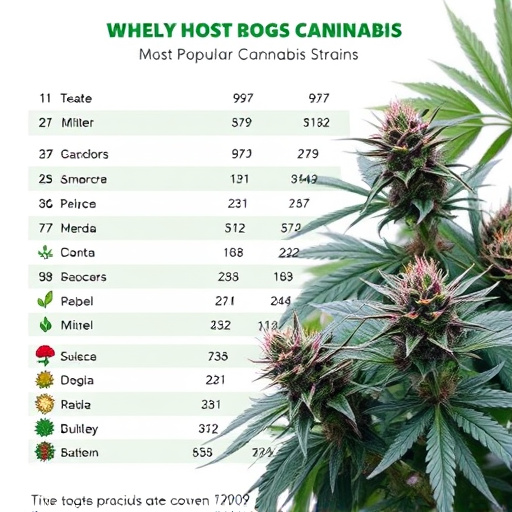The effects of different most popular cannabis strains are shaped by their unique genetics and cannabinoid composition, with Indica, Sativa, and Hybrid varieties offering distinct experiences. Higher THC levels generally lead to longer-lasting, more intense highs, while CBD-rich strains provide milder, shorter effects. Terpene profiles contribute to the aroma, flavor, and potential therapeutic benefits of each strain, with compounds like myrcene and linalool influencing relaxation and sleep. The duration of a high varies between individuals based on genetic factors, with Indica strains offering quicker but shorter highs versus Sativa varieties' extended effects due to higher THC concentrations. Understanding these characteristics helps users select most popular cannabis strains tailored to their desired outcomes, whether seeking relaxation or energy.
“Unraveling the duration of a cannabis high is a complex dance involving genetics, consumption methods, and individual variability. This article delves into the multifaceted factors shaping your cannabis experience. From the genetic makeup and cannabinoid profile of popular strains—like Indica and Sativa—to the impact of terpenes, we explore how these contribute to unique highs. Additionally, we dissect the role of consumption methods, dosage, metabolism, tolerance, and environment in dictating whether a high lasts minutes or hours. By understanding these elements, users can navigate their cannabis use more effectively, choosing strains and consumption techniques tailored to desired effects.”
- Genetics and Cannabinoid Profile
- – Terpene composition and their role in enhancing/modifying the high
- – Genetic variations and their impact on duration (e.g., Indica vs Sativa)
Genetics and Cannabinoid Profile
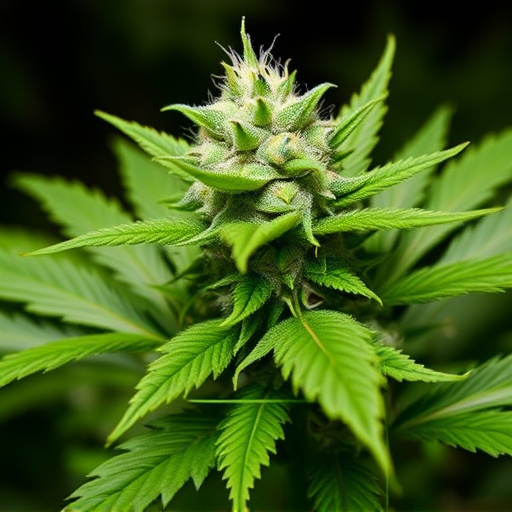
The genetics and cannabinoid profile of a cannabis strain play a significant role in determining the duration and intensity of its high. Each strain, whether it’s among the most popular cannabis strains like Indica, Sativa, or Hybrid, carries unique genetic characteristics that influence how the body reacts to its compounds. Cannabinoids, such as THC (tetrahydrocannabinol) and CBD (cannabidiol), are responsible for the psychoactive effects and overall experience of using cannabis.
Variations in these cannabinoids lead to differing high durations. For instance, strains with higher concentrations of THC tend to produce more pronounced and longer-lasting effects, while those with abundant CBD may offer a milder, shorter-lived high. Understanding these genetic factors is crucial for users looking to optimize their cannabis experience based on desired outcomes, whether seeking relaxation or energy boost among the most popular cannabis strains available.
– Terpene composition and their role in enhancing/modifying the high

The terpene composition of cannabis plays a pivotal role in shaping and modifying the overall user experience, commonly referred to as “the high.” Terpenes are aromatic compounds naturally present in cannabis plants, contributing significantly to the unique scent and flavor profiles of different strains. Beyond their olfactory appeal, these organic molecules interact with the endocannabinoid system, influencing the intensity and duration of cannabis-induced effects.
Among the most popular cannabis strains, varieties known for higher terpene content often deliver more complex and prolonged highs. For instance, strains rich in myrcene are celebrated for their sedative properties, inducing feelings of relaxation and sleepiness that can last for several hours. Similarly, linalool-dominated strains promote calmness and have been linked to improved sleep quality, with effects that may linger even after the initial high has subsided. Understanding the terpene profile of various cannabis strains allows consumers to make informed choices tailored to their desired experience, be it a relaxing evening or an energetic social gathering.
– Genetic variations and their impact on duration (e.g., Indica vs Sativa)
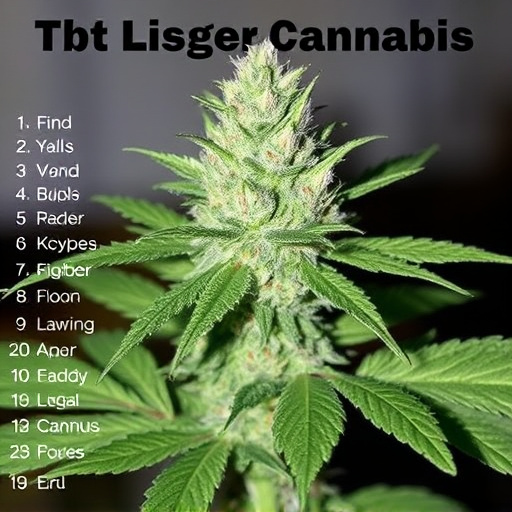
Cannabis enthusiasts often seek to understand the duration of their high, which can vary greatly among individuals. One significant factor in this variation is genetic, specifically the differences between indica and sativa strains. These variations stem from distinct genetic backgrounds that influence how the plant produces cannabinoids like THC and CBD. Indica strains, known for their relaxing and sedating effects, generally produce a shorter-lasting high compared to sativa varieties. Sativa plants, often associated with uplifting and energetic effects, tend to extend the duration of the high due to higher concentrations of THC. This is why many users prefer specific strains based on desired experiences—whether it’s unwinding after a long day (indica) or enhancing creativity (sativa).
The most popular cannabis strains showcase these genetic variations. For example, famous indica breeds like Granddaddy Purple and Northern Lights offer potent relaxation while keeping the high manageable. On the other hand, sativa cultivars such as OG Kush and Strawberry Cough are renowned for their extended euphoric states, catering to those seeking an invigorating experience. Understanding these genetic influences is crucial in selecting strains aligned with personal preferences, ensuring a more predictable and enjoyable cannabis journey.
The duration of a cannabis high is influenced by a complex interplay of genetic factors, cannabinoid profiles, and terpene compositions. Understanding these elements, particularly in the context of popular cannabis strains, allows users to make informed choices tailored to their desired effects. By exploring the unique characteristics of different varieties, from Indica to Sativa and their hybrid counterparts, consumers can optimize their experiences, ensuring a balanced and enjoyable high that aligns with personal preferences.

